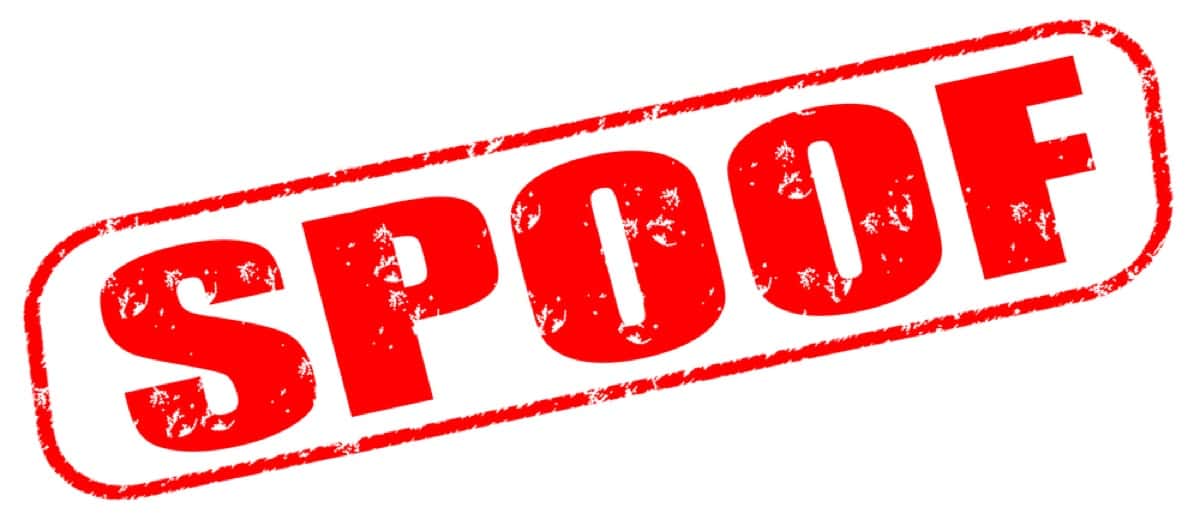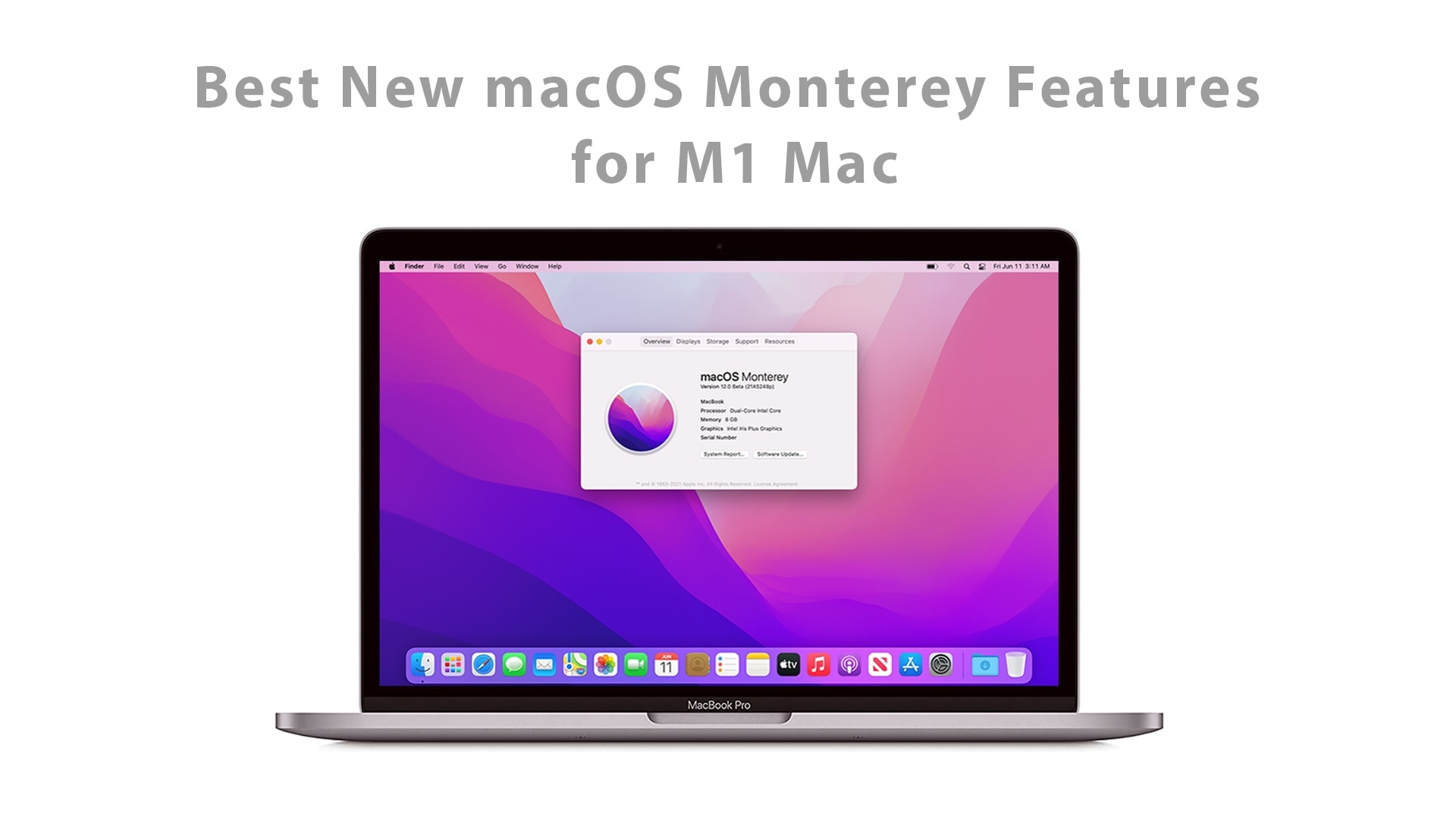

- #MACOS MONTEREY M1 ISSUES HOW TO#
- #MACOS MONTEREY M1 ISSUES INSTALL#
- #MACOS MONTEREY M1 ISSUES ARCHIVE#
This will put it into Recovery mode.įrom there, you’ll want to select ‘Disk boot’ to boot your computer normally. If you run into an issue where the installation fails because your Mac has low disk space, you’ll want to restart your Mac and press Control + R while it’s booting up. Double-click the file and the software should start installing on your computer.
#MACOS MONTEREY M1 ISSUES INSTALL#
If the download completes, but you aren’t prompted to install the operating system on your Mac, you’ll need to head into your Mac’s Applications folder and look for the installation file. You can check and see if your Mac is compatible right here. If it’s not, you won’t be able to install the software. If you’re having issues installing macOS Monterey firmware on your Mac, you’ll want to first make sure your Mac is compatible with the new operating system.
#MACOS MONTEREY M1 ISSUES HOW TO#
How to Fix macOS Monterey Installation Problems If nothing works, you should bring your Mac somewhere with a faster internet connection. In some cases, it might be a good idea to restart the download. You can also try pausing and restarting the download. If you can’t plug in an ethernet cable or the download problems persist, try restarting your router and/or your Mac. This can solve some download issues and speed up slow downloads.


If you run into download issues, try plugging an ethernet cable into your Mac (if you have an ethernet adapter) to download the latest update. Lost connections and slow download speeds can hamper the download’s progress. You might see download problems if your connection isn’t great. Some Mac users are having issues downloading the latest macOS Monterey software update. How to Fix macOS Monterey Download Issues These fixes have worked for us in the past and they could help you avoid a lengthy call with customer support or a visit to your local Apple Store.

How to Fix macOS Monterey FaceTime Problems.How to Fix macOS Monterey Wi-Fi Problems.How to Fix macOS Monterey Bluetooth Problems.How to Fix macOS Monterey Battery Life Problems.How to Fix macOS Monterey Installation Problems.How to Fix macOS Monterey Download Problems.Note: UNIX permissions and symlinks within the BootabilityBundle tree matter they need to be implemented properly as fetched from the ipsw zip (I ran into this with the Asahi Linux installer, which does the same process to build the Bootability directory in the Preboot volume directly, which has the same exact contents as the cpio). With this process, the restore completes and macOS Monterey 12.0 beta7 boots correctly. I'm guessing you'd want to handle this by implementing cpio internally? (it's a pretty simple format). BootabilityBundle.cpio.īuilding a cpio like that and dumping it into the DataPort via iproxy/netcat allows the restore to continue (nc needs to be killed at the end, to close the connection and get the remote end to continue). The cpio should be in the portable ASCII format as produced by cpio -c, e.g. /BootabilityBundle/Restore/Firmware/ ->./BootabilityBundle/Restore/Bootability/* ->.
#MACOS MONTEREY M1 ISSUES ARCHIVE#
It expects you to connect to the DataPort and dump in a cpio archive of the BootabilityBundle data, constructed like this:


 0 kommentar(er)
0 kommentar(er)
